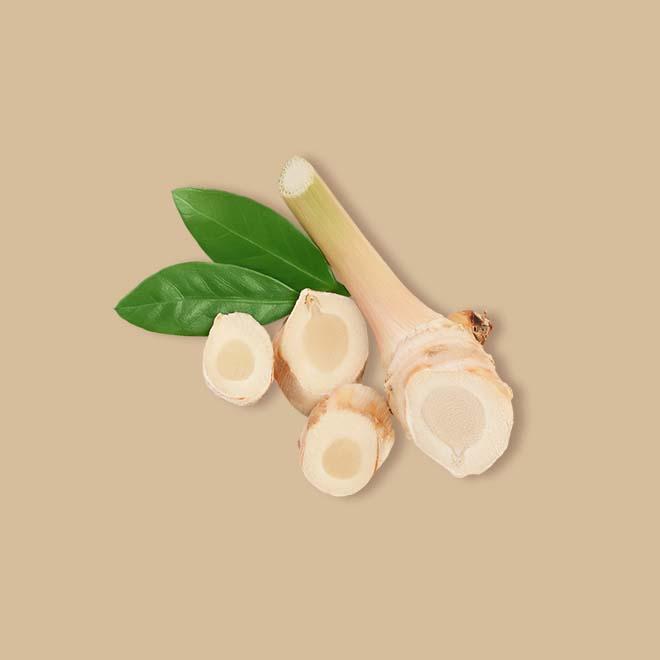Galangal




Galangal is a fascinating spice belonging to the ginger family, boasting a unique aroma and flavor profile that elevates numerous Southeast Asian and Indian dishes. It is closely related to ginger and turmeric, sharing a similar knobby rhizome (underground stem) that's the culinary star. However, its appearance and flavor differ markedly.
There are several types of galangal, each with distinct nuances. Greater galangal (Alpinia galanga) is the most common, offering a citrusy, piney, and peppery character. Lesser galangal (Alpinia officinarum) is milder and spicier, while Chinese galangal (Boesenbergia rotunda) boasts a floral and citrusy punch.
Fresh galangal has a vibrant aroma reminiscent of pine, citrus, and ginger, with a warm, peppery flavor and subtle floral notes. Dried or powdered galangal retains its essence but has a more concentrated intensity. It shines in Thai curries, soups, stir-fries, and noodle dishes. It pairs beautifully with coconut milk, lemongrass, kaffir lime leaves, and other Southeast Asian staples.
When buying fresh galangal, seek plump, firm knobby chunks with smooth, light-colored skin. Any wrinkles, dryness, or blemishes indicate potential age or spoilage. Opt for medium-sized pieces (around 2-3 inches thick). Thicker ones might be older and have a tougher texture. Galangal can be found in most Asian grocery stores.
Unpeeled, fresh galangal thrives in a cool, dark pantry for up to 2 weeks. Keep it away from direct sunlight and moisture. Peeled pieces can be tightly wrapped in plastic wrap or stored in an airtight container in the refrigerator for up to 3 days.
Both dried galangal and powdered galangal offer convenient options and longer shelf life. Store them in airtight containers in a cool, dark pantry for up to 6 months.
Grind dried galangal into a fine powder and mix it with incense-based ingredients like charcoal and resins. Burning this homemade incense will release a unique, calming scent with hints of pine and citrus.
Steep dried galangal in hot water to create a fragrant bath soak. Its warming and soothing properties can be enjoyed while inhaling the relaxing aroma.
Did you know galangal belongs to the same family as ginger? Their shared lineage explains their similar knobby rhizomes and spicy qualities, but galangal boasts a unique citrusy and floral twist.
In some regions, galangal leaves are rubbed on clothes to release a fresh, citrusy scent, acting as a natural perfume alternative. Imagine carrying the fragrance of galangal throughout your day!
In traditional Thai medicine, galangal is sometimes used in sleep remedies. Its calming aroma and potential anti-inflammatory properties might contribute to promoting restful slumber.
Thinly slice galangal for soups, stews, or curry pastes. Remember, it's quite fibrous, so you'll want to remove the slices before serving unless finely chopped.
Infuse coconut milk with slices of galangal before using it to cook rice pudding. The subtle citrus aroma will elevate this classic dessert to a whole new level.
While there's no perfect substitute for galangal, you can use ginger or lemongrass in a pinch.
Numerous studies suggest galangal possesses anti-inflammatory properties, thanks to compounds like galangin and quercetin. This could be helpful in managing conditions like arthritis, muscle pain, and inflammation-related digestive issues.
Galangal is rich in antioxidants, which combat free radicals and oxidative stress, potentially reducing the risk of chronic diseases like cancer and heart disease.
Galangal exhibits antibacterial and antifungal properties, potentially inhibiting the growth of harmful bacteria like E. coli and Staphylococcus aureus. This could be beneficial for gut health and fighting infections.
Corrections or improvements? Email us at
content@sidechef.com